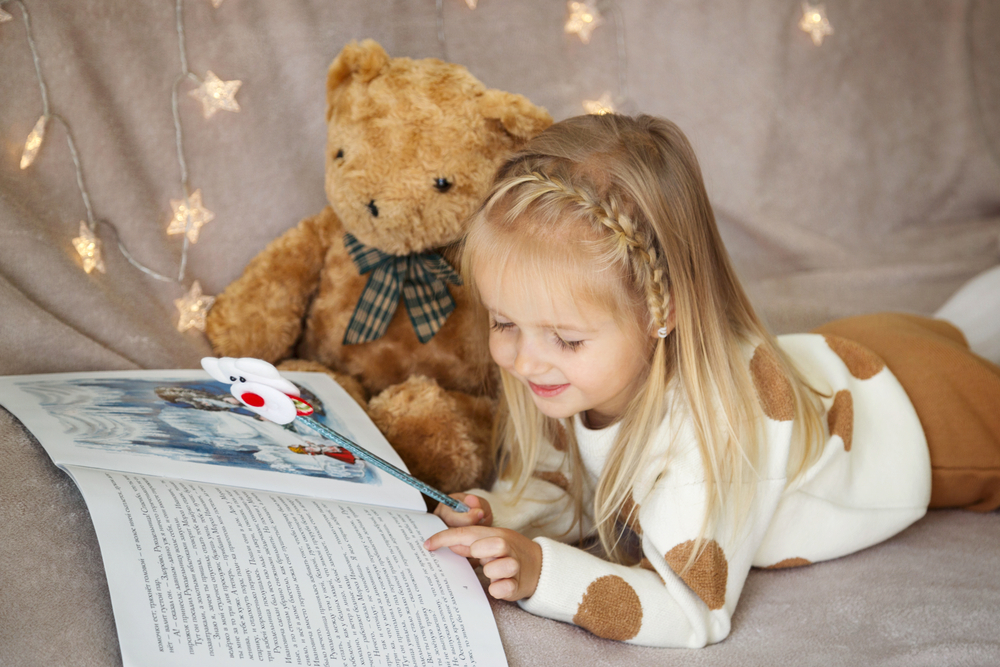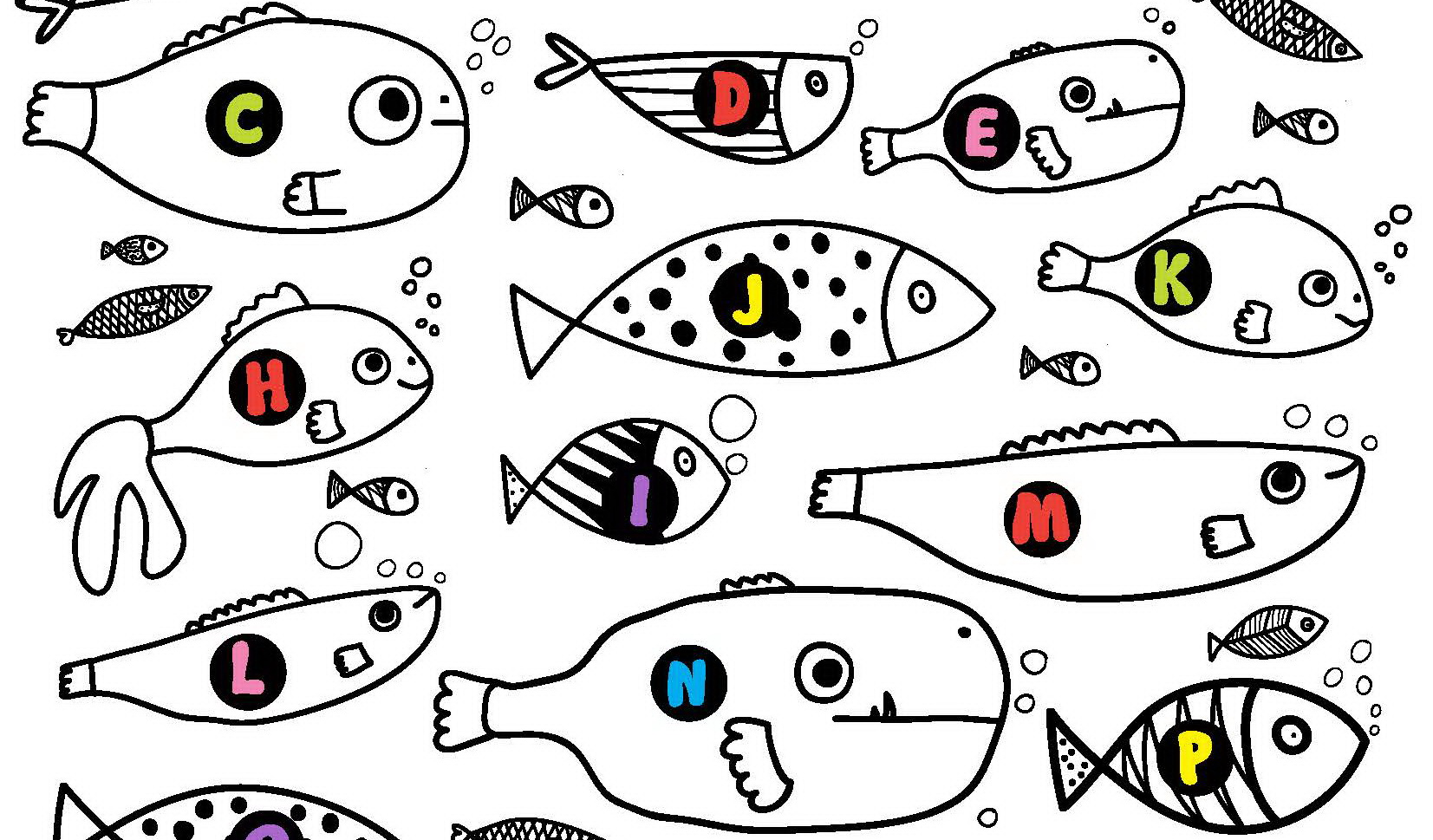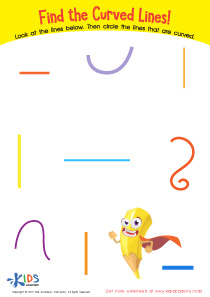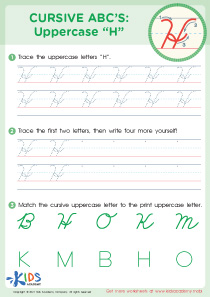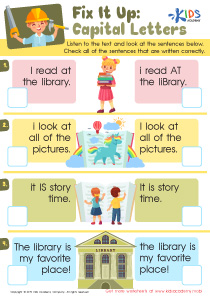Phonics practice Letter Recognition Worksheets for Ages 4-8
5 filtered results
-
From - To
Discover our engaging Phonics Practice Letter Recognition Worksheets tailored for children aged 4-8. These expertly designed printables, available at Kids Academy, make mastering the alphabet fun and easy. Through interactive and colorful activities, kids can enhance their reading skills by identifying and practicing each letter. Our resources are perfect for both classroom use and home learning, supporting early literacy development with a solid foundation in phonics. Boost your child's confidence and get them excited about reading with our easy-to-use, educational worksheets. Visit Kids Academy to start enhancing your little one's letter recognition skills today!
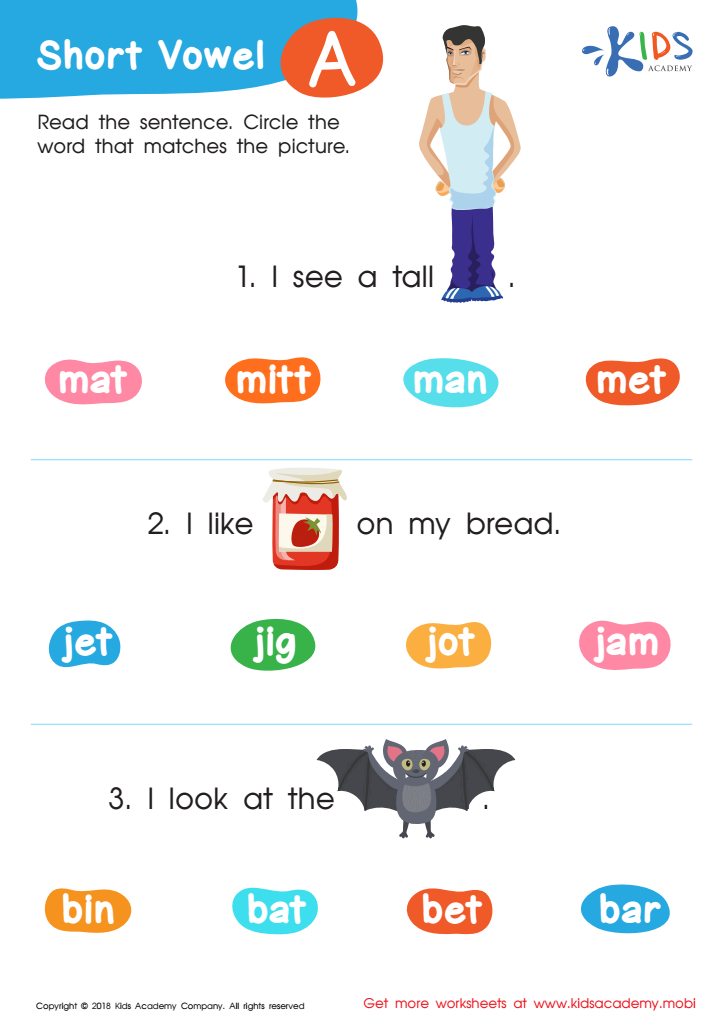

Short Vowel /a/ Worksheet
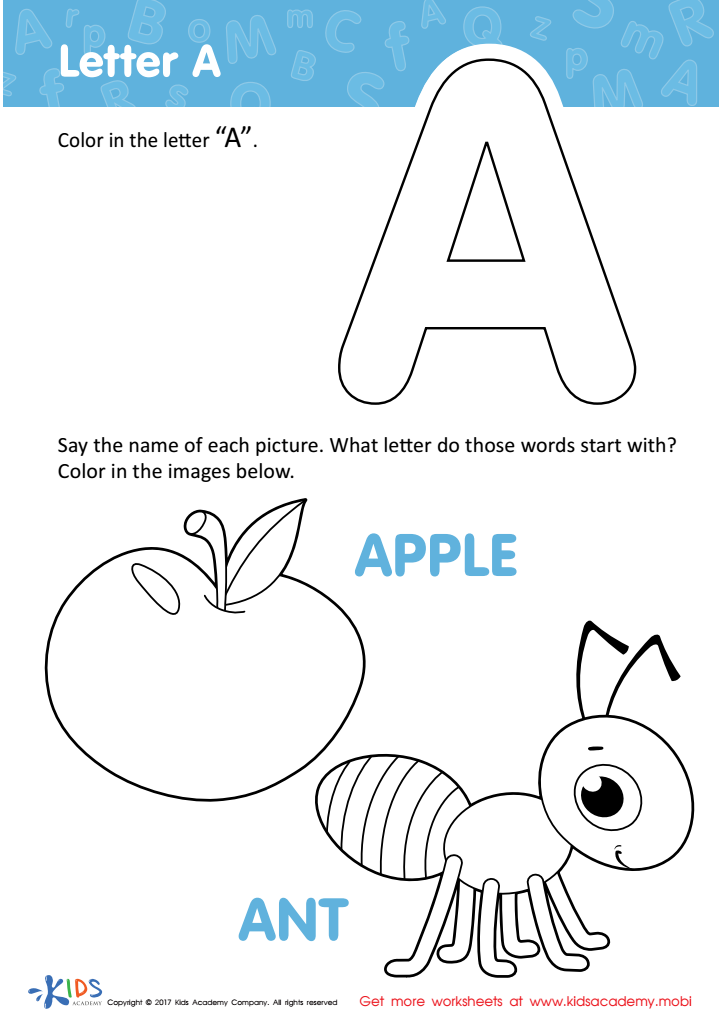

Letter A Coloring Sheet
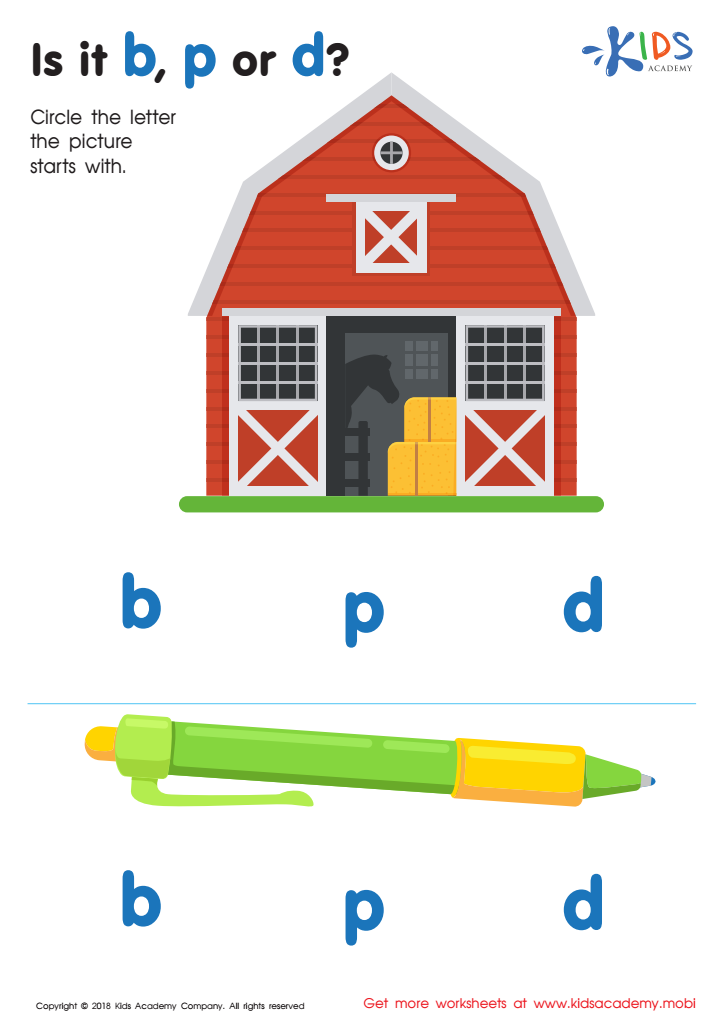

Is it b, p or d? Worksheet


Letter Y Coloring Sheet
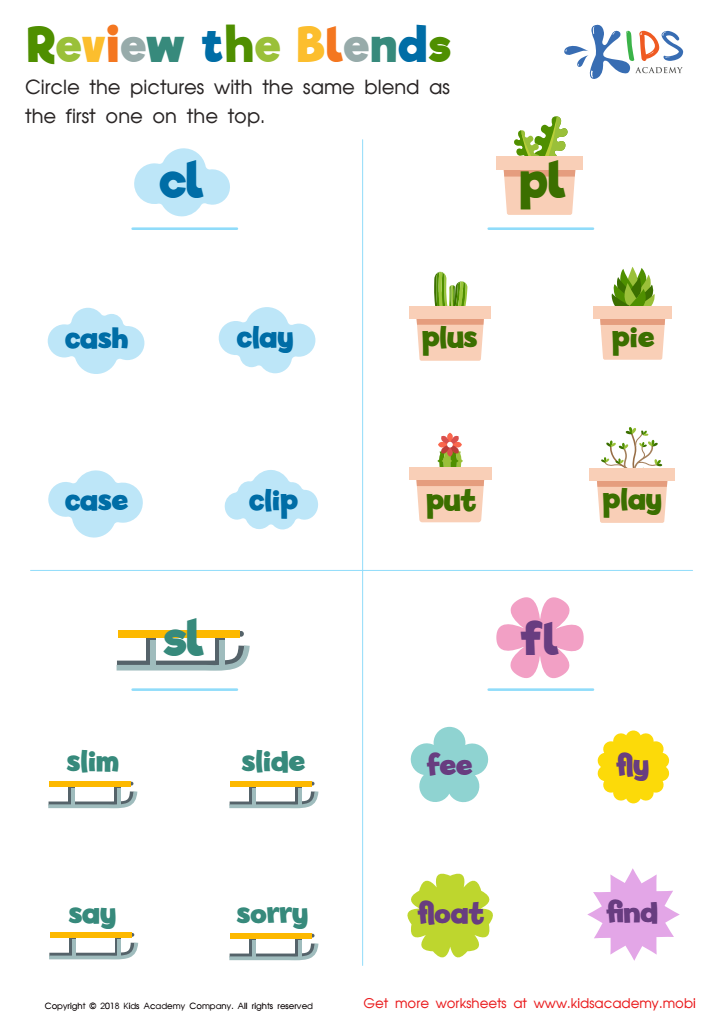

Review the Blends Worksheet
Phonics practice and letter recognition are foundational elements of early literacy that parents and teachers should prioritize for children ages 4-8. Firstly, phonics practice assists young learners in understanding the relationship between letters and their corresponding sounds, a key skill that enables them to decode words when reading. This ability to sound out words independently fosters self-confidence and improves reading fluency.
Secondly, letter recognition is essential as it forms the building blocks for writing and reading. Recognizing letters effortlessly allows children to focus more on understanding and interpreting the meaning of words and sentences, rather than struggling with each individual letter. This streamlined recognition enhances both reading speed and comprehension.
Moreover, early mastery of these skills propels children ahead academically, offering long-term benefits across all subjects. Children with strong phonics and letter recognition skills find it easier to acquire new vocabulary, engage in meaningful reading, and develop critical thinking skills.
Lastly, proficiency in phonics and letter recognition translates to a higher level of engagement and enjoyment in learning. Children who can read fluently tend to participate more actively in classroom discussions, exhibit a love for reading, and demonstrate higher levels of creativity and imagination. By emphasizing these early literacy skills, parents and teachers set children on a path for lifelong learning and academic success.
 Assign to My Students
Assign to My Students




